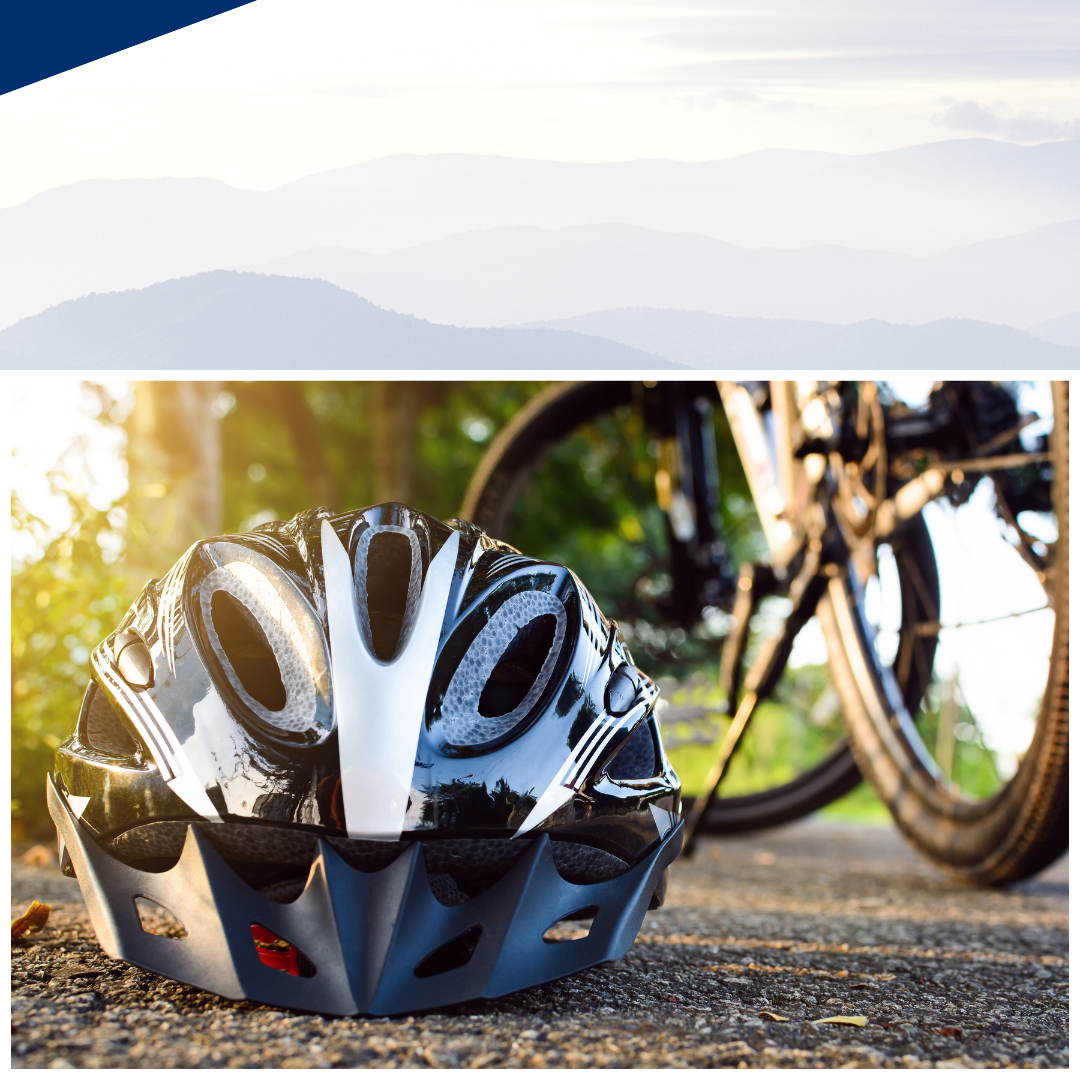E-Bikes, Motorcycles & Bicycle Accidents in Idaho: Spring Safety Tips & Legal Protections
As the weather warms up, Idaho’s roads see an increase in motorcycle, e-bike, and bicycle traffic. With more riders enjoying the beautiful landscapes of the Gem State, it’s crucial to stay informed about safety tips and legal protections for all road users.
Idaho Motorcycle Laws & Helmet Requirements
Idaho is known for its scenic highways, and many motorcyclists take advantage of the warmer months to hit the road. However, with the thrill of riding comes the responsibility to ensure safety.
- Helmet Law: In Idaho, motorcycle helmet use is not mandatory for riders over 18 years old. However, helmet use is strongly recommended as it significantly reduces the risk of fatal head injuries in a crash.
- Motorcycle Insurance: Idaho requires motorcycle owners to carry liability insurance, which covers damage to others’ property and injuries in the event of an accident.
- Personal Injury Claims: If you’re involved in a motorcycle accident, Idaho law allows you to seek compensation for medical bills, lost wages, and other damages. Idaho follows a comparative negligence system, meaning your compensation may be reduced if you’re partially at fault for the accident.
E-Bike Laws & Safety in Idaho
E-bikes have become increasingly popular for both commuting and recreation. Idaho law distinguishes e-bikes from motorcycles based on their speed and motor power.
- E-Bike Classification: Idaho follows a three-tiered classification system for e-bikes. Class 1 and Class 2 e-bikes (which assist up to 20 mph) are generally allowed on bike paths and roads, whereas Class 3 e-bikes (which assist up to 28 mph) may have restrictions. Always check local regulations.
- Helmet Requirements: Riders under 18 must wear helmets when operating a Class 3 e-bike. While not required for adults, helmets are strongly recommended.
- Where to Ride: E-bikes are generally permitted in bike lanes and on shared-use paths unless local regulations state otherwise. However, they are not allowed on sidewalks in most areas.
- Legal Recourse for E-Bike Accidents: Like bicycles and motorcycles, e-bike riders injured in accidents caused by negligent drivers may pursue compensation through personal injury claims. Idaho’s comparative negligence system also applies to e-bike cases.
Bicycle Laws in Idaho: Know Your Rights
With the arrival of spring, many cyclists are also hitting the roads. Whether you’re riding for recreation or commuting, understanding Idaho’s bicycle laws can help protect your rights.
- Helmet Use for Minors: In Idaho, children under 18 are required to wear a helmet while riding a bicycle. Though adults are not required to wear a helmet, it’s highly recommended for safety.
- Cycling Safety: Idaho law mandates that cyclists ride in the same direction as traffic, use hand signals for turns, and adhere to the same traffic laws as motorists. Cyclists must also use bike lanes where available. When riding at night, cyclists are required to have a white front light visible from at least 500 feet and a red rear reflector or light.
- Legal Recourse for Bicycle Accidents: Like motorcyclists and e-bike riders, cyclists injured in accidents can pursue compensation through personal injury claims. If a motorist is responsible for an accident, a cyclist may be entitled to compensation for medical expenses, pain and suffering, and other damages. Idaho’s comparative negligence law may come into play in these cases.
Spring Motorcycle, E-Bike & Bicycle Safety Tips
Riding a motorcycle, e-bike, or bicycle during the spring season comes with its own set of challenges. Here are a few safety tips to help minimize the risk of an accident:
- Wear Protective Gear: Even if not required by law, wearing a helmet, gloves, and protective clothing can significantly reduce the severity of injuries.
- Stay Visible: Drivers may not always see riders, so wearing bright, reflective clothing and using lights can increase visibility.
- Check Your Equipment: Before heading out, inspect your motorcycle, e-bike, or bicycle. Ensure that brakes, tires, and lights are in good working condition.
- Watch for Road Hazards: Potholes, gravel, wet pavement, and other debris are common springtime hazards. Be mindful of road conditions, especially after winter thaw.
- Take a Safety Course: For motorcyclists and e-bike riders, a safety course can improve riding skills and prepare you for various road conditions.
- Stay Alert: Always be aware of your surroundings and anticipate the actions of other drivers. Avoid distractions like mobile phones and stay focused on the road.
Whether you’re riding a motorcycle, e-bike, or bicycle, springtime in Idaho offers plenty of opportunities to enjoy the outdoors. However, staying safe and understanding your legal rights is essential. If you’re involved in an accident, consulting with a personal injury lawyer can help you navigate the legal process and ensure you receive the compensation you deserve.
At Kevin Donohoe Law Office, we are committed to helping victims of motorcycle, e-bike, and bicycle accidents in Idaho. If you or a loved one has been injured in an accident, contact us for a free consultation. Let us help you protect your rights and get back on the road to recovery.


